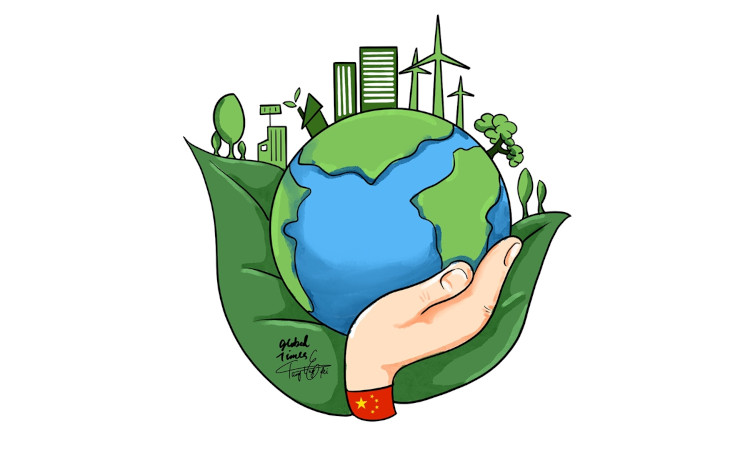For the last three years, the imperialist press has been lambasting China for the vigorous measures it took to stem the flow of infectious cases of Covid-19.
The policy of zero tolerance, adopted as a temporary measure to slow down the rapid transmission of the disease, was caricatured by the west as the work of an authoritarian regime, with the necessary curtailment of civil liberties and the lockdown of specific neighbourhoods, factories and even whole cities painted in the most lurid colours.
Many governments in the west, ever eager to persuade their own populations to get the jab, suddenly became the most confirmed anti-vaxers when China unrolled its own mass vaccination programme, portraying this heroic effort to vaccinate its entire population as just one more proof of the dictatorial character of the government.
The practice of quarantining areas where the disease was prevalent was translated into further proof of Beijing’s supposed penchant for building concentration camps. And, worst of all, crowed the gleeful imperialist media, all these efforts to beat Covid would in any case be destined to miserable failure.
Three years later, it turns out that China’s policy of zero-covid has in fact resulted in far lower percentage mortalities, has curbed the negative socioeconomic damage wrought by the pandemic, and has left the country in a good position now to moderate its approach to fighting Covid, taking into account the shifting epidemiological landscape.
Moving out of zero-Covid
Over the last three months of 2022, Beijing shifted the focus from “stemming infection” to “protecting health and preventing severe cases”. Whereas in 2020 it was decided to treat Covid as a Class-A serious infectious disease, putting the emphasis on mass vaccination and lockdown, two things have changed: the Omicron variant has become relatively more infectious, but also relatively less dangerous.
Accordingly, whereas previously the main thrust of China’s response to the illness has been mass vaccination and lockdowns (‘stemming infection’), the emphasis is now to maximise overall public health, whilst identifying and treating more serious cases of Covid as they crop up (‘protecting health and preventing severe cases’).
Thanks to the efforts and sacrifices made by the Chinese people throughout the zero-covid period, the infection and fatality rates in China were amongst the lowest in the world. And throughout the breathing space afforded by zero-covid, China has been able to dedicate its efforts to the development of vaccines, rapid testing and treatments, enabling the country to launch the largest vaccine rollout programme in the world, in which over 3.4bn doses of Covid vaccines were administered and vaccination coverage exceeded 90 percent of the population.
Nor has the government limited itself to serving the Chinese people. China has actively offered humanitarian assistance to the international community, especially to countries and regions with a weak Covid response capacity. China shared Covid prevention, control and treatment protocols with more than 180 countries and international organisations, sent 38 medical expert teams to 34 countries, and provided over 2.2bn doses of vaccines for more than 120 countries and international organisations.
This same spirit of internationalism has throughout prompted China to be open and transparent in sharing relevant data and information with the international community, including with the World Health Organisation (WHO). Most recently, China has shared Covid genome sequence data from recent cases in the country, giving the lie to malicious portrayals of China as a ‘secretive’, inward-looking country.
We are confident that the science-based, flexible, people-oriented approach that has so far characterised China’s battle with Covid will continue to serve the people well in the new period.
















